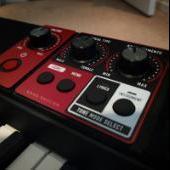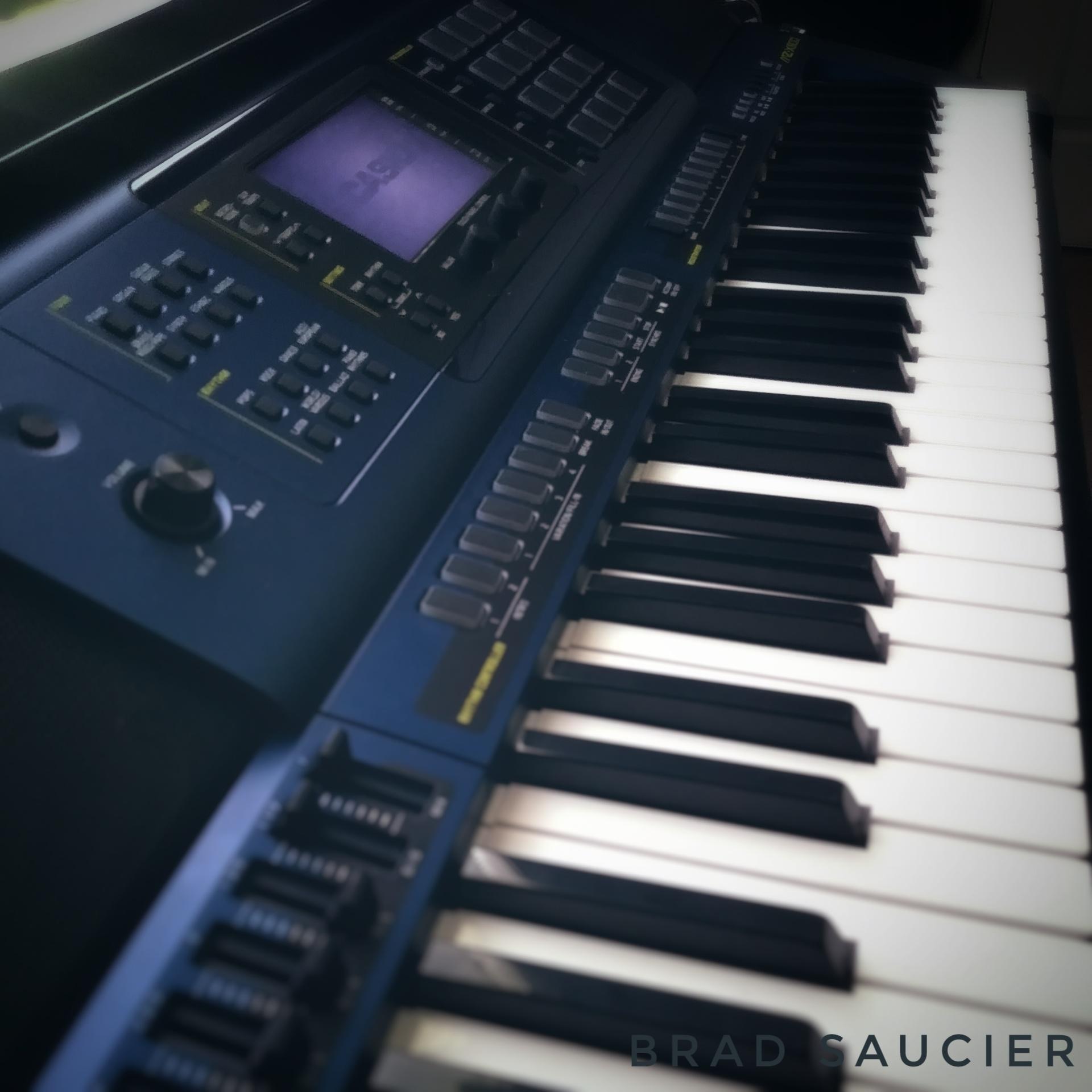-
Posts
8,717 -
Joined
-
Last visited
Content Type
Profiles
Forums
Downloads
Everything posted by Brad Saucier
-
I think that's all of the models that have editing to date. Other models with an arpeggiator are preset patterns. As far as the PX-5S, edited arpeggios can be contained in a stage setting file, so you'll find some in those uploads. I've done a few myself that way. One of the ones I had most fun with was my attempt to recreate the marimba repeat function on a Lowery organ.
-
It's possible to connect your computer headphone output to the audio input jack on the PX-S1000. This would be the only way to send sound from the computer to the piano. To mute the internal sound of the PX-S1000, turn off "local control". You'll find a keyboard chart in the user manual showing which function key to press to turn that off.
-

Remember last used Tone after switch off?
Brad Saucier replied to ValterV's topic in CT-X3000 / CT-X5000
It's called "auto resume". It's in the function menu under "other". Turn that on and you're good. Welcome to the forums! Enjoy your new CT-X3000. -

Casio Music Space song issue with Lks 450
Brad Saucier replied to rendoman's topic in General CT-S and LK-S Discussion
Perhaps try uninstall and reinstall of the app. Were you able to see songs previously that are missing now? Or just never there to begin with? -

Casio Music Space song issue with Lks 450
Brad Saucier replied to rendoman's topic in General CT-S and LK-S Discussion
I'm seeing songs in my app without being connected to a keyboard. Can you share a screenshot of what's happening? -
Blow air between the keys. The sensor may be dirty or stuck.
-
Can you post an audio clip? It's not possible to tune individual keys, but it is possible to inadvertently change temperament. If that's the case, it can be reset to default "equal" temperament using the method in the user manual, which is a combination of holding the function button and pressing the appropriate keys shown in the keyboard diagram.
-
Happy left when we updated the forum software. I don't think he liked the changes, but was always very helpful around here. I don't know what happened to T. He was always very helpful in the WK and CTK section. Alen, as far as that one account I tagged above and asked for a response, I'm checking something, verifying a suspicion.
-
I don't recommend it. USB MIDI is only intended for software MIDI applications on a computer or mobile device. There are hardware workarounds to connect, but keep in mind USB MIDI IN on the PX-S series has an independent MIDI sound source not connected to the keyboard sound source. Tones must be selected by MIDI and DSP type tones may not sound properly.
-

Getting A Different Sounding Patch Depending On Source
Brad Saucier replied to Solo-Man's topic in PX-560M
PX-560 has a 48 part sound generator. General MIDI can only access 16 at a time. Port A is the way to access the 16 parts used for local control of keyboard performance parts like upper and lower tones and rhythms. -

Getting A Different Sounding Patch Depending On Source
Brad Saucier replied to Solo-Man's topic in PX-560M
You will want to set MIDI input port to A to get the same sound you hear when you play PX-560 locally. -

Dream Theater tone preset sounds for CASIO CTX800
Brad Saucier replied to JPPD874's topic in CT-X700 / CT-X800
Did you know you could share all of these as registration setup files? -
@Shaunaflynn Are you going to reply to Alen?
-
I'm curious why you quoted a post from 2015 just to summarize what the post said. You added no new information, asked no questions, and the last sentence does not make sense.
-
Unfortunately this model doesn't have a balance or mixer control.
-

[LK-S250] Left hand/right hands help
Brad Saucier replied to TaoPP's topic in General CT-S and LK-S Discussion
Unfortunately it will be trial and error finding MIDI files with sperated tracks. I don't know of any other way. -

Casio cts400 song exercise section
Brad Saucier replied to polachan's topic in General CT-S and LK-S Discussion
Play what feels natural and sounds correct. That's all there is to it. -
I would try connecting directly to the powered speaker first as a troubleshooting step. The mixer may be the issue. The PX-S3100 simply works. There are no settings to turn line outputs on or off. Keep in mind the main volume knob on the PX will adjust line output volume. The output jacks on the PX are TS unbalanced type.
-
Unfortunately rhythms must be recorded to the "system" track of the song sequencer, which is the "A" parts of the sound engine. The system track allows recording splits and layers as well as full auto accompaniment and auto harmonize live as a single track. The "solo" tracks (B parts) are used to record individual tones. For example, a drum kit used to record on solo track 10.
-
Since the 80s, Casio portable keyboards with full size keys have been the same size as the CT-S1. Nothing has changed in regards to that. This doesn't include mini keyboard models of course.
-

Casio cts400 song exercise section
Brad Saucier replied to polachan's topic in General CT-S and LK-S Discussion
As noted in the CT-S400 user manual song list chart, exercise songs 111-160 are "finger training" exercises. These are to be used without notation for "mental stimulation". This means learning by ear and memorizing the songs. -
To clarify how this works on various Casio models that supports it, rotary speaker emulation is a DSP insert effect on a tone. Some preset organ tones don't have this DSP effect. Some do. Tremolo on electric piano tones is also handled by a DSP effect. Controlling things like rotary speed and tremolo speed is done by editing DSP effect parameters by menus or configuring a physical controller like a built in knob, wheel or pedal to target said DSP parameter, allowing real time control during a performance. Unfortunately the PX-350 does not provide a way to edit or control DSP effects, but the PX-560 does (as well as some other models). Any tone on the PX-560 can be edited to add DSP effects, and it also provides tools to assign DSP controls to knobs or pedals. For buttons to switch between different performance setups, Casio provides registration memory as a way to store a configured set of controls, tones, effects and more needed for a performance. Registrations are arranged in banks. Each bank can store several different performance setups (registrations) accessible by direct access buttons. Multiple banks can be stored, accessible with the bank button. In addition to the PX-560, some other models with 88 textured weighted keys, DSP effects with real time physical controllers, and built-in speakers would be the PX-S3100 and PX-S6000.
-
Have you tried contacting Casio support? https://www.casioca.com/support/contactus


